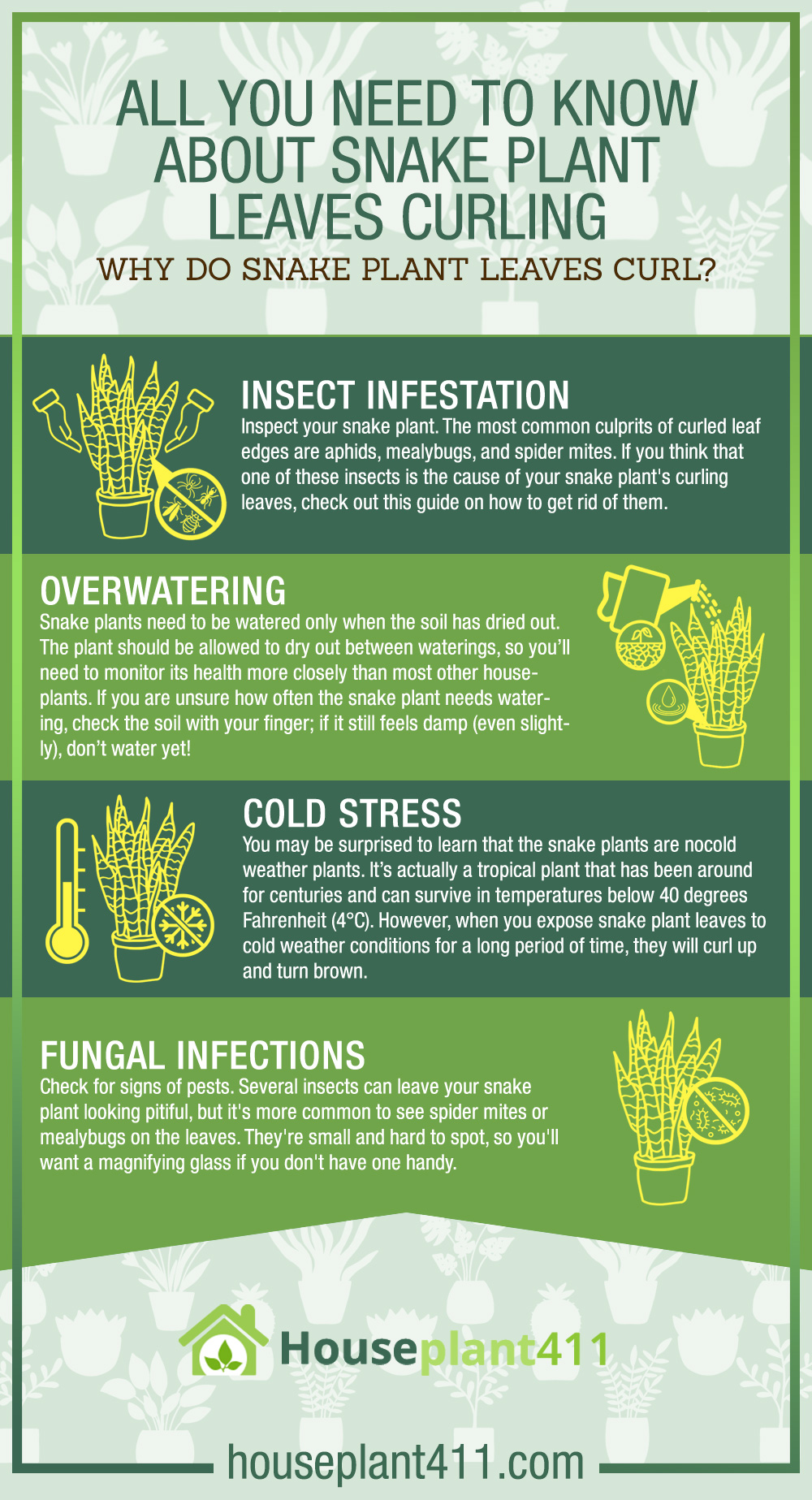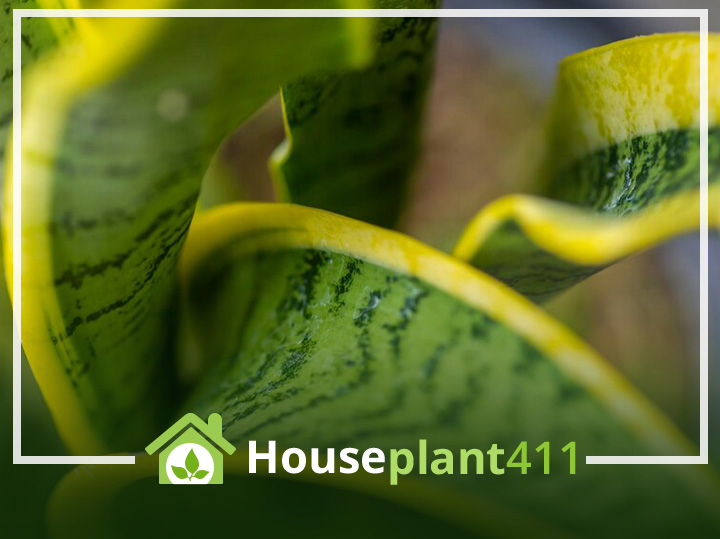Snake plants are a staple in many homes but can be a little finicky. Snake plant leaves curling is one of the most common issues people have with their plants, and there are several reasons why your snake plant’s leaves might be curled. If you want to know simple ways to prevent this from happening and easy cures if it does happen, you’ve come to the right place. In this article, we’ll talk about what causes snake plant leaves to curl, how you can avoid curling leaves in your own home, and what to do if you have an infected plant.
Why Do Snake Plant Leaves Curl?
If you have a snake plant (Sansevieria trifasciata) and you’ve noticed the leaves curling up at the ends, don’t panic. It’s not uncommon for these plants to develop brown or yellow spots on their leaves when exposed to direct sunlight. In extreme cases, the entire leaf may curl up and turn brown. If this happens to your snake plant, it’s usually nothing to worry about: just keep an eye on it and make sure that no new problems develop over time.
There are several possible causes for snake plants with curled leaves:
- Bacterial leaf spot (a fungal infection)
- Fungal leaf spot (a bacterial infection)
Insect Infestation.
- Tip 1: Inspect your snake plant. The most common culprits of curled leaf edges are aphids, mealybugs, and spider mites. If you think that one of these insects is the cause of your snake plant’s curling leaves, check out this guide on how to get rid of them.
- Tip 2: Prevent infestation in the first place by keeping your environment clean and dry. Indoor plants need adequate light and water, but too much or too little can cause problems with their growth (and thus lead to curling leaves).
- Tip 3: If all else fails, try repotting the snake plant into a larger pot; it may need more room for its roots to grow freely so they don’t become tangled together!
Overwatering
Snake plants need to be watered only when the soil has dried out. The plant should be allowed to dry out between waterings, so you’ll need to monitor its health more closely than most other houseplants. If you are unsure how often the snake plant needs watering, check the soil with your finger; if it still feels damp (even slightly), don’t water yet!
If you have been over-watering your snake plant, the leaves will likely start curling up and turning yellow or discolored. This is a sure sign that there is too much moisture in the soil—it will cause root rot and leave your petrified friend unable to breathe properly.
Cold Stress
You may be surprised to learn that the snake plants are nocold weather plants. It’s actually a tropical plant that has been around for centuries and can survive in temperatures below 40 degrees Fahrenheit (4°C). However, when you expose snake plant leaves to cold weather conditions for a long period of time, they will curl up and turn brown.
If your snake plant is outdoors in the winter or has been moved from indoors to outdoors during the fall months, it could experience this type of stress. While many people think their snakes are dying because their leaves have curled up, there is no need for concern—just wait until spring arrives so your snake can get back into its happy state!
Fungal Infections
Check for signs of pests. Several insects can leave your snake plant looking pitiful, but it’s more common to see spider mites or mealybugs on the leaves. They’re small and hard to spot, so you’ll want a magnifying glass if you don’t have one handy. If you think this is the culprit, spray the plant with insecticidal soap or neem oil once every two weeks until all signs of infestation are gone (or until they just move on).
Make sure your snake plant isn’t getting too much water. Potted plants should generally be watered only when they’re dry—and black leaf edges can indicate that they’ve been over-watered recently! If this is happening with your plant’s leaves, try watering less frequently and letting them soak up some sunlight instead of keeping them in dim corners all day long; this could help get rid of those soggy spots faster than any other method!

Tips To Avoid Snake Plant Leaves from Curling
- Soil that’s too wet can also cause snake plant leaves to curl, so maintain a regular watering schedule and ensure the soil is dry before watering again.
- Be careful not to over-water your snake plant—this will cause the soil to stay moist longer than it should, which leads to root rot and leaf curling in this plant.
- Keep your snake plant where it will get plenty of sunlight; this is important for healthy growth, proper flower development, and avoiding leaf curling on the edges of those leaves closest to the center (where they receive less light).
Conclusion
If your snake plant leaves are curling, the first step to fixing the problem is to diagnose it. This article should have given you some ideas about what could be happening and how to solve those problems. Once you’ve figured out what’s causing your curled leaves, try treating them with these tips.

